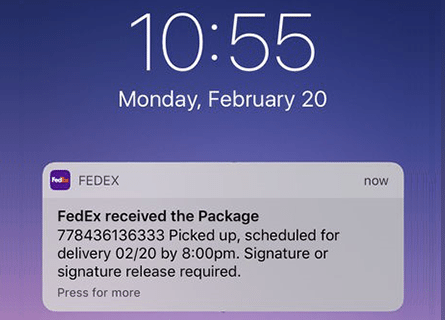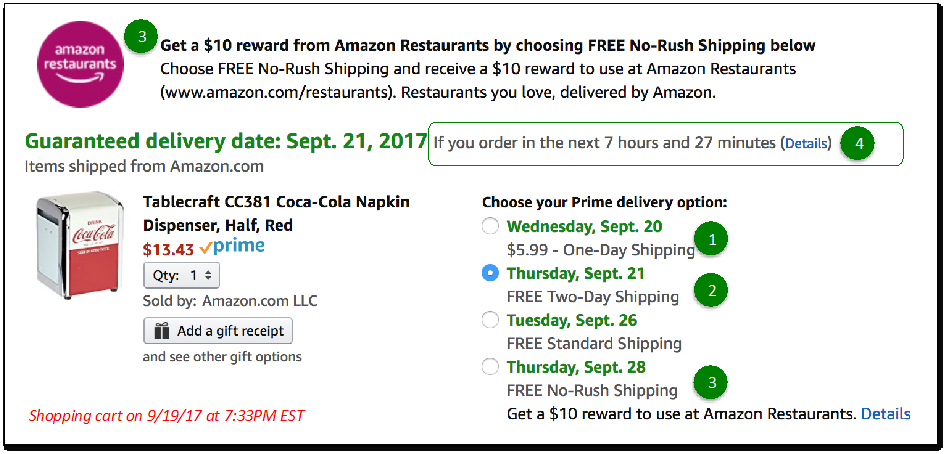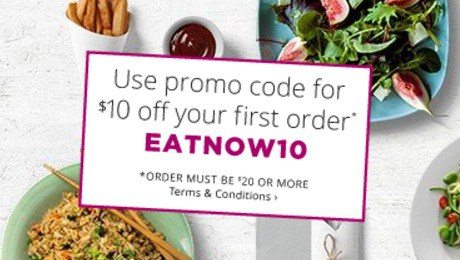We have come a long way on the journey from the Pony Express to Federal Express
From: “I wonder if the courier died?”

To: “FedEx received the Package”

FedEx, UPS, and even the US Postal Service, provide their customers with real-time shipment updates. They also give merchants access to many shipping service types – next day, 2-day, 3-day, ground, and more.
Similarly, online retailers can and should offer choices to their customers. For example, Amazon gives customers multiple date-certain delivery choices, also known as Date-Certain Shipping or Deterministic Shipping, leaving those who don’t at a competitive disadvantage.
Over 65 million Amazon Prime members are presented with these options, and an increasing number of fast followers are adopting similar strategies, leaving those who don’t at a competitive disadvantage.
At Pulse Commerce, we believe that Amazon has made date-certain shipping an ecommerce imperative. Merchants who offer deterministic shipping, especially during the holidays, will enjoy higher conversion rates and sales than those who do not.
Given that Amazon spent $16.2 Billion on shipping expenses in 2016 alone, we can be certain that it has cracked the shopping cart conversion code better than anyone else, especially when it comes to shipping and fulfillment.

Let’s examine this shopping cart (see Figure 1), observe the tactics being used, and consider their impact on both consumers and the merchant:
- Choices increase conversion: This Amazon Prime customer is presented with four choices; including (1) receive tomorrow for an additional $5.99 and (2) receive in 2 days at no charge.
According to a Metapack study, 61% of customers bought goods from one retailer over another because they provided more delivery options. - Customer incentives reduce shipping expense: If a customer chooses option (3) FREE No-Rush Shipping, they receive $10 towards an Amazon Restaurants Amazon regularly offers its customers incentives to help cut down its massive $16.2B shipping expense.
This offer is not random – it’s part of a broader strategy to attract new users to Amazon Restaurants. Take a trip to Amazon Restaurants, and here’s the first thing we see:

- Urgency increases conversion: Look at option (4) in the illustration above. The customer is guaranteed delivery by September 21 (2 days) if she purchases in the next 7 hours 27 minutes. As the customer is looking at their cart, that clock is ticking down, second-by-second, shouting “buy me now if you need me by Thursday!”
This simple cart message increases conversion by giving clear and specific choices and creating a sense of urgency. It also reduces shipping expenses for the merchant by rewarding customers who choose the least expensive shipping option.
Act now to reduce your accessorial charges and return rates
By giving Date-Certain Shipping options, Amazon is reducing a few of their accessorial charges (surcharges imposed by the carriers) as well. Choosing a delivery date reduces the number of unsuccessful deliveries, which reduces Delivery Reattempt fees and expenses.
When customers know when the package will arrive at the time of ordering, they know when to expect the package. They are not disappointed as long as the delivery date commitment is met. This minimizes the number of returns from the customer due to shipping related uncertainty.
Deterministic shipping can help you improve customer service too
Timely and accurate delivery status updates reduce Where is My Order (WISMO) customer service calls, especially during the holiday surge.
- Where Is My Order customer service requests can generate upwards of 70% of all customer inquiries during the holidays (source: getelastic).
- Frequent and easily available updates can cut WISMO calls by 50% or more.
- You can reduce overall customer inquiries by 10% to 30%, freeing up CSRs to respond to inquiries that require their expertise.
Upgrade your customer experience and brand perception this holiday season
If carriers can provide real-time status updates on their websites, then you can for your customers too – online, and via app notification, email and SMS.
- Provide a branded order tracking page and include links to it on all prominent pages
- Provide a link to online package tracking in your shipping notification emails
- Send an email to the customer when the order is in-transit, out for delivery and when it’s delivered
- Display a “where is my order” link on your customer service page
- Over-communicate delivery timeframes – include estimated delivery dates info on all relevant emails and web pages
Act fast and implement these strategies to claim your holiday gift early
We’ve outlined several initiatives that can increase holiday conversions and customer satisfaction while reducing shipping costs. You must invest early to bring these initiatives to life, so you can maximize your ROI this holiday season.
- Provide date-certain shipping choices on product details and shopping cart pages (i.e. deterministic shipping) to increase conversion
- Create urgency to order now (to receive by specific date) to increase conversion
- Reward customers for choosing later delivery to reduce Shipping Expense
- Provide frequent and prominent order tracking updates on your website and through email to reduce WISMO calls, increase satisfaction, and lower customer service costs
How to go about implementing these strategies and tactics
The answer lies in technology. Modern order management software, like Pulse Commerce’s, that has deep real-time integration with shipping carriers like UPS, USPS, FedEx, etc. can easily enable date-certain shipping for merchants.
You might consider integrating directly using each carrier’s API. While shipment tracking information is crucial, that’s not all. You also need accurate, real-time information on:
-
- Item fulfillment (i.e. is the item in stock)
- Which warehouse or store will the item ship from
- The cut-off time for order processing by sales channel and fulfillment location before it’s picked, packed and scheduled for UPS or FedEx to pick up.
Most if not all this information typically resides in an order management system, which may also house the product catalog and inventory data.
An Order Management System (OMS) with robust integration can:
-
- Integrate with all popular shipping carriers and ecommerce platforms, reducing complexity.
- Track orders from source to customer’s doorstep, and provide proactive alerts on exceptions.
- Enable you to expose this information to customers through many formats: (1) automated email and SMS notifications; and (2) real-time branded tracking on website or mobile apps.
An OMS does much more, including intelligent order routing to turn orders around faster while optimizing inventory. You can learn more about the broad role that an OMS plays in the enterprise, by reading this article on Order Management Essentials.

